About FAST
Drug Development 101
Welcome to Angelman Syndrome Drug Development 101. (If you’re advanced and want to skip right to the list of current therapeutics in development, head over to this page.) As explained in detail here, AS is a unique disorder. Having a healthy but silent copy of the gene in question, which is the case in the majority of AS cases, means there could be not one but two potential strategies to fix it: gene replacement therapy (fixing the impaired mother’s copy) or gene activation therapy (unsilencing the healthy father’s copy). There is also, as it turns out, a third: what we call downstream targeting, which are programs aimed at improving the cellular message, generally at the synapse, or the communication between neurons.
But that’s where the simplicity ends, as there are many different techniques that could be tried to advance each strategy.
It’s daunting, but having so many leads to chase down is actually good news.
Why? Take a look at the standard drug development process.

For every drug that makes it through to approval, there are about 15,000 (or 14,999, if you want to be a stickler about the chart) that don’t.
What this means is that, in order to achieve a future in which there are multiple approved therapeutics—which is what will be needed for a syndrome in which there are many genotypes, not to mention myriad unknown ways that different people will respond to different treatments—we need as many shots on goal as possible. And we need them to move through that pipeline quickly, but also safely.
So, we’ve divided our work into five pillars.

Everything we do falls into one of those pillars, and it’s all pushed forward via several efforts:
Grants
Mice, pigs, mini-brains and more
Engaging in the pharmaceutical space
Building our own companies
Finally, we invest in a myriad of projects related to supporting all of the work that has to happen around drug development, both before and after, to ensure that it moves safely and quickly. These efforts, which fall under our Pillar 4 work, includes: Creation of animal models and cell lines for each genotype; the Global Angelman Syndrome Registry and its related Search & Rescue operation; efforts at newborn Screening, which will give us the true incident rate of AS, which helps pharmaceutical companies estimate how many individuals could potentially benefit from treatments being developed; the Angelman Syndrome Biomarker and Outcome Measure Consortium (ABOM), which is devoted to achieving alignment on endpoints and biomarkers, which are required to accurately measure the effect of a drug has on patients in clinical trials.
And the jewel in our Pillar 4 crown: The Rush Pediatric Neuroscience F.A.S.T. Center for Translational Research: Global headquarter for training individuals in how to run neurogenetic clinical trials and deliver innovative interventional therapies. Learn more about the center here. And read about it in the Wall Street Journal.
